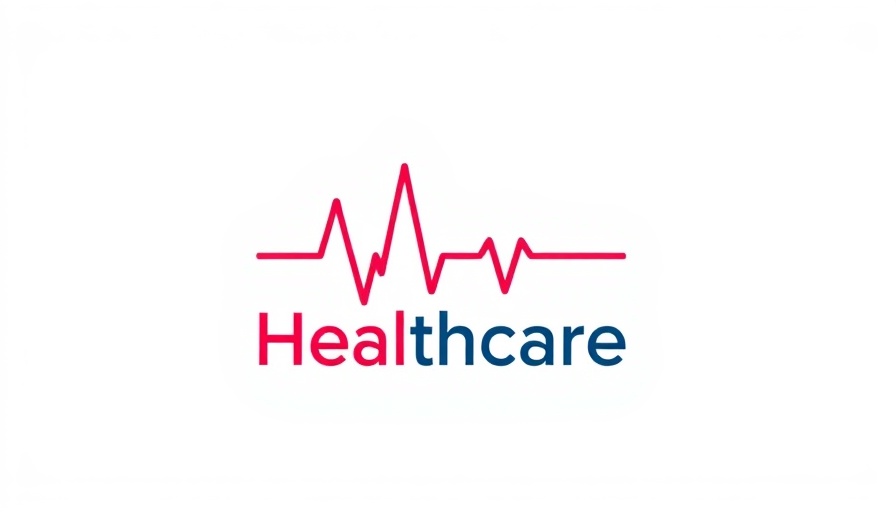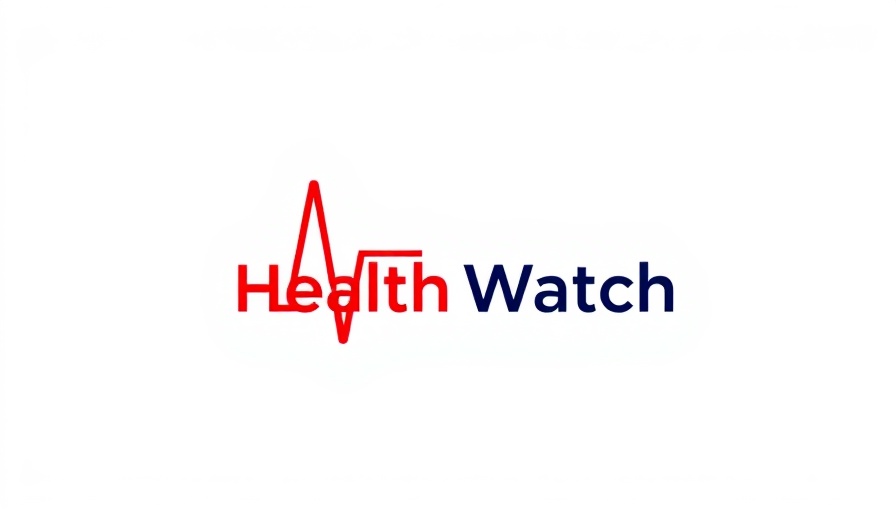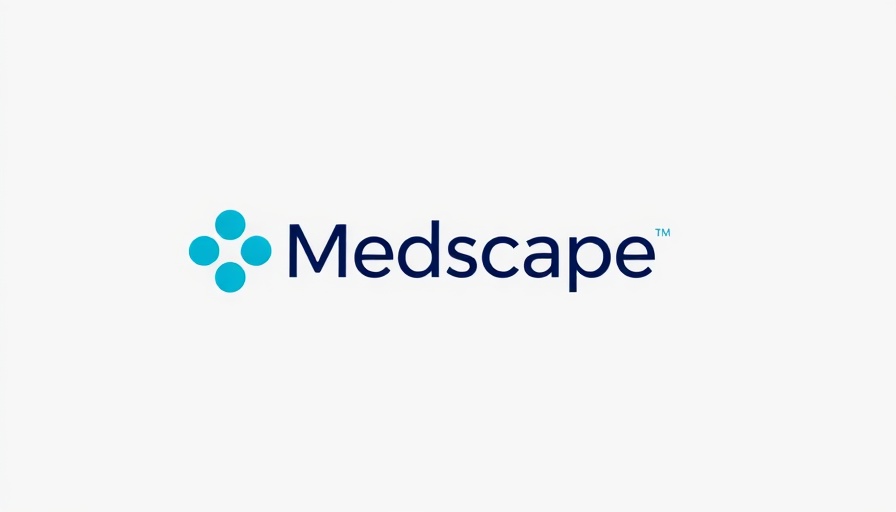
Breaking Down the $98 Billion in Out-of-Pocket Drug Spending
In a stunning report, out-of-pocket drug spending has skyrocketed to an unprecedented $98 billion in 2024. This staggering figure underscores a growing concern among American consumers as healthcare costs continue to rise, placing immense financial pressures on households across the country. In an era where healthcare should be accessible, this increase in spending raises crucial questions about affordability and the sustainability of our healthcare system.
Understanding the Drivers Behind Rising Drug Costs
Several factors contribute to the alarming increase in out-of-pocket drug spending. Firstly, the introduction of high-cost specialty drugs has significantly impacted overall health expenditures. These medications, often critical for managing chronic conditions, offer patients necessary relief but come with a hefty price tag. As reported, the growth in these drug expenditures isn’t merely a statistic; it reflects the real-life struggles of families facing tough choices—whether to fill a prescription or cover other essential living costs.
Who Is Affected and How?
The demographic impacted by rising drug costs is broad, affecting both patients and their caregivers. According to data, older adults and those with chronic conditions are particularly vulnerable to the financial strain of high prescription costs. This trend can lead to poorer health outcomes as patients may forgo medications or even ration their prescriptions—a behavior that can exacerbate their conditions, leading to more significant health challenges.
A Look at Broader Healthcare Trends
While the spotlight has recently been on prescription costs, it's crucial to consider the larger context of U.S. healthcare spending. The rise in out-of-pocket expenses fits within a broader narrative of escalating healthcare costs, where total spending reached an astonishing $4.1 trillion in 2024. This raises alarms about the effectiveness of current policies aimed at controlling costs and improving access to healthcare services.
Counterarguments: Not All Doom and Gloom
Despite the concerning figures, there are experts who advocate for a nuanced perspective on out-of-pocket spending. Some argue that high spending often correlates with advancements in medical technology and pharmaceutical developments, leading to more effective and diagnostic therapeutic options for patients. While cost is a critical concern, increasing efficiency and innovation in drug development represents a vital area where changes could generate substantial benefits for healthcare consumers.
Possible Solutions and Future Directions
Addressing the challenges posed by rising drug costs requires a multi-faceted approach. Policymakers can consider implementing measures like price negotiation for Medicare drugs or incentivizing the production of generic medications to drive down prices. Additionally, enhancing transparency about drug pricing could empower consumers to make more informed decisions about their healthcare.
Actionable Insights: What Can You Do?
As consumers, staying informed is critical. Understanding your coverage options, comparing prices, and leveraging patient assistance programs can help mitigate the burden of drug costs. Engaging with healthcare providers about any concerns regarding medication affordability can also lead to discovering alternative solutions or adjustments in therapy.
Conclusion: The Path Forward
The rise to $98 billion in out-of-pocket drug spending demands a national conversation about healthcare affordability. As individuals face mounting pressures to manage their health expenses, it’s essential for everyone—from policymakers to consumers—to work together in seeking solutions that ensure effective healthcare access for all. The responsibility lies with us all to advocate for a system that prioritizes health innovation while simultaneously being sensitive to the financial realities of everyday Americans.
 Add Row
Add Row  Add
Add 




Write A Comment